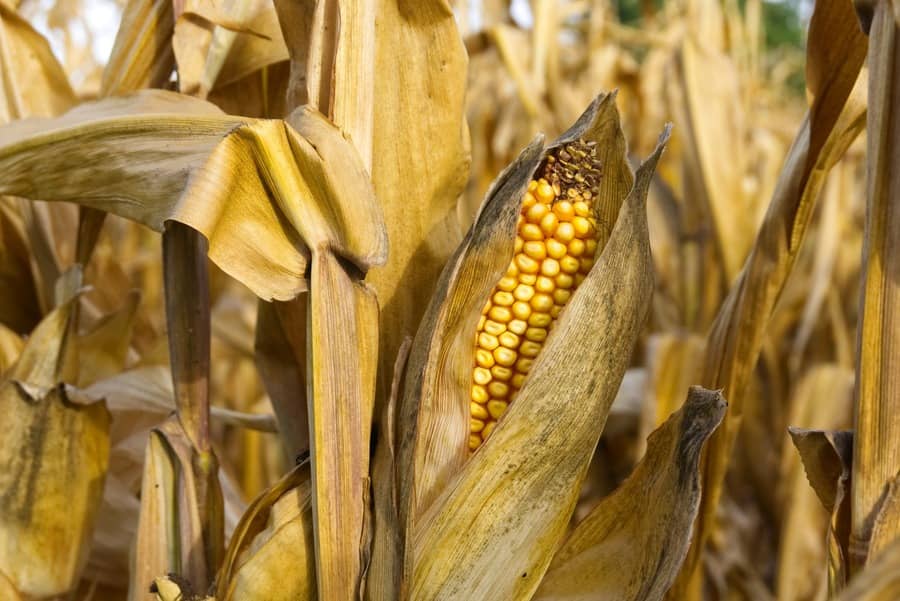Porto Alegre, June 21, 2021 – The internal environment for the corn trade is centered on the pre-harvest of the second crop. In a normal cycle, prices would move towards port levels minus freight into the interior. This is because the large surpluses generated by the second crop need to be exported under the risk of harming the environment of the storage space until the start of the next summer crop. However, we are not in a normal cycle, be it in terms of international prices, be in terms of the internal profile in view of the strong production losses of the 2021 second crop. However, regardless of second crop losses, 62 mln tons are starting to reach the Brazilian market from the end of June and setting a new composition of domestic prices, which is no longer the same as in the first semester.
The exchange rate around the levels of BRL 5.00/dollar is an internal pressuring factor in two ways this year. The first is that it brings down port prices. Now, export levels are around BRL 75/76 for August/September. This would imply BRL 67/68 for the interior of Paraná, for example, and BRL 60/62 for the interior of Mato Grosso. The second is that it allows imports at lower prices. Imports now have prices of BRL 94/95 CIF factory for Argentine corn and BRL 98/100 for US corn, well below the levels of the first semester.
The government obtained from CTNbio the standardization for the compatibility amid genetically modified varieties approved in the United States and Brazil, including hybrids with more than one protein in each seed or grain. With this, it is expected that there will be no more restrictions on the importation of US corn and that there will be greater safety in the process of disembarking in Brazil when it occurs. For now, the measure helps Brazil in cases when Argentina does not have product to sell to Brazil and/or import costs are lower from that source. The country cannot be at the mercy of just one supplier or two, counting on Paraguay.
However, at this moment, this important decision does not change at all the composition of prices in the domestic market and the flow of imports. US corn costs are much higher than those of Argentina, as well as much higher than current domestic market prices. So, there are no scheduled, intended, or projected purchases of US corn by Brazil at this time. If domestic prices rise again, perhaps the import costs become feasible.
The measure announced in a week of pressure on the Chicago Board of Trade and with the real on the rise sounded like pressure on the Brazilian domestic market. The rather unbalanced media on agribusiness put this as a short-term solution, when in fact there is no short-term solution other than the arrival of the second crop and the luck of a trouble-free US crop. Undoubtedly, both growers and consumers were unlucky in this 2021 second crop, as the decline in production affects both sides. Most likely, the picture in 2022 will be different from the current one.
Even so, this combination of factors and low prices at ports pressured domestic prices. Buyers either withdrew from trading or bidded much lower prices. Growers tried to sell something, even at slightly lower prices, but could not find buyers. The distance between sell and buy prices was wider last week. Goiás and Mato Grosso do Sul were at BRL 70 while trading companies indicated BRL 65. Mato Grosso is slowly starting the harvest, but with offers at BRL 70/75, and trading companies and domestic market below BRL 65. Some indications in the domestic market in the state hit BRL 70/75 CIF industry. In the South region, the highlight was the reduction in over-the-counter prices in Paraná to BRL 74/75 and sales from Paraguay for August/September at USD 285/290 CIF western Santa Catarina.
Agência SAFRAS Latam
Copyright 2021 – Grupo CMA

